If you don’t have one yet, let me highlight why the Peggy Martin Rose deserves a spot in your garden.
If there’s one flower that feels like a little miracle in my garden, it’s the Peggy Martin rose bush.
But before I get into why this climbing beauty has completely stolen my heart (and taken over a corner of my mom’s yard in the best way possible), let’s talk about its fascinating history.
Because this is no ordinary rose — it’s a symbol of resilience, survival, and beauty after the storm.
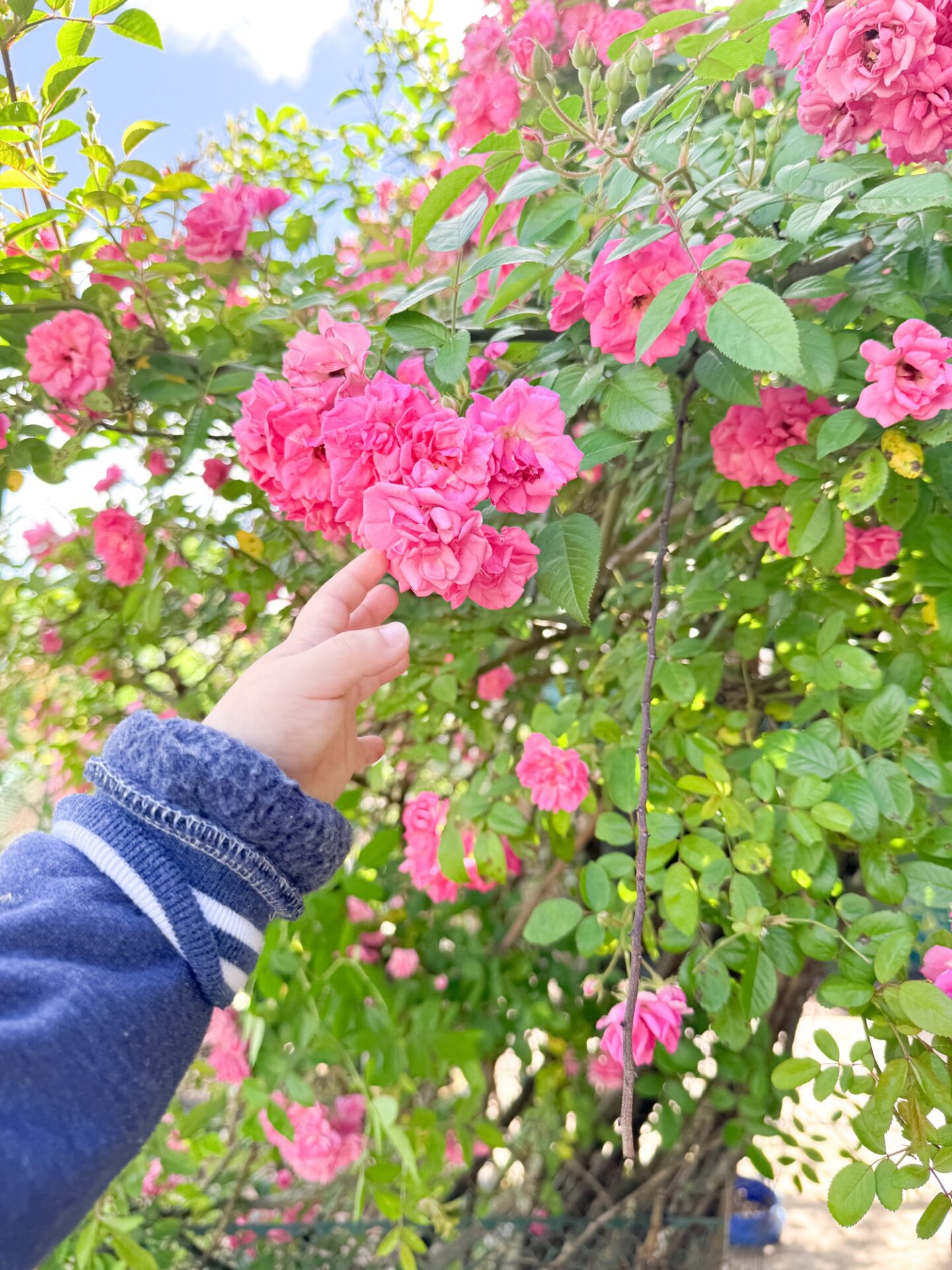
This post contains affiliate links from which I may make commission at no extra cost to you. Read full disclosure here.
A Rose Born from Resilience: The History of the Peggy Martin Rose
The Peggy Martin rose, sometimes called the “Hurricane Katrina Rose,” has a story that feels almost like a fairytale.
It originally comes from Louisiana, where Peggy Martin, a passionate gardener, had cultivated it in her yard. But then came Hurricane Katrina in 2005, devastating the Gulf Coast and wiping out thousands of homes and gardens, including Peggy’s.
Or so she thought.
When the floodwaters finally receded, and all seemed lost, Peggy discovered something amazing: her rose bush had survived.
Amid all the destruction, this tough-as-nails rose was still standing, vibrant and full of life. It became a symbol of hope for many, representing the ability to bloom and thrive even in the harshest conditions. Gardeners everywhere fell in love with its hardiness and its story — and honestly, who could resist?
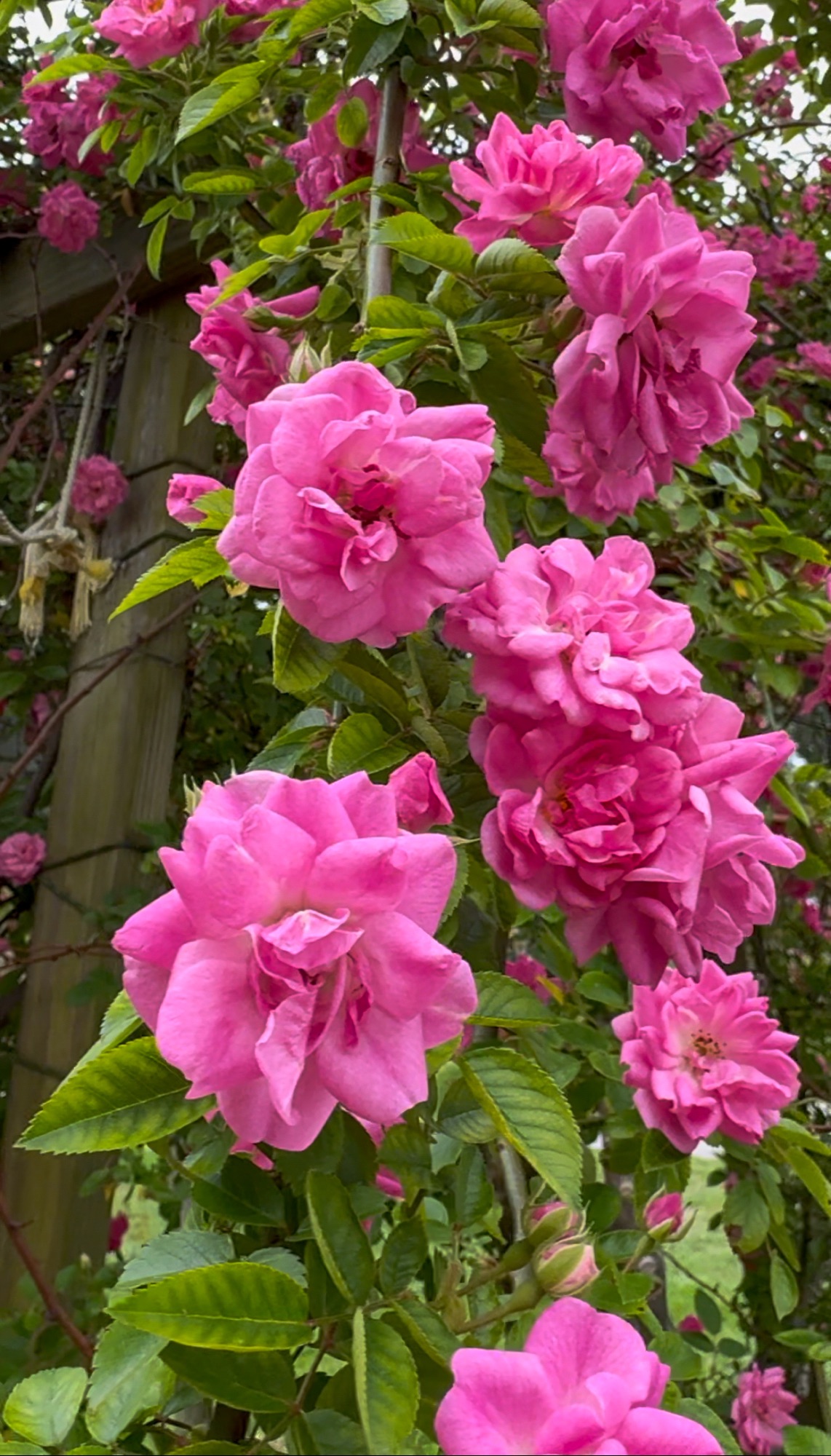
It’s thornless, fast-growing, and the blooms! Oh, the blooms. Clusters of gorgeous, bubblegum-pink flowers that show off for weeks in spring and often again in the fall.
No wonder this beauty has become a beloved addition to gardens across the country.
A Personal Love Story: My Mom’s Peggy Martin Rose
Now, I have to share a little personal story, because this rose isn’t just a pretty face in our family. My mom has had her Peggy Martin rose bush for over three years now, and let me tell you — it’s hands down the most beautiful flower I’ve ever seen.
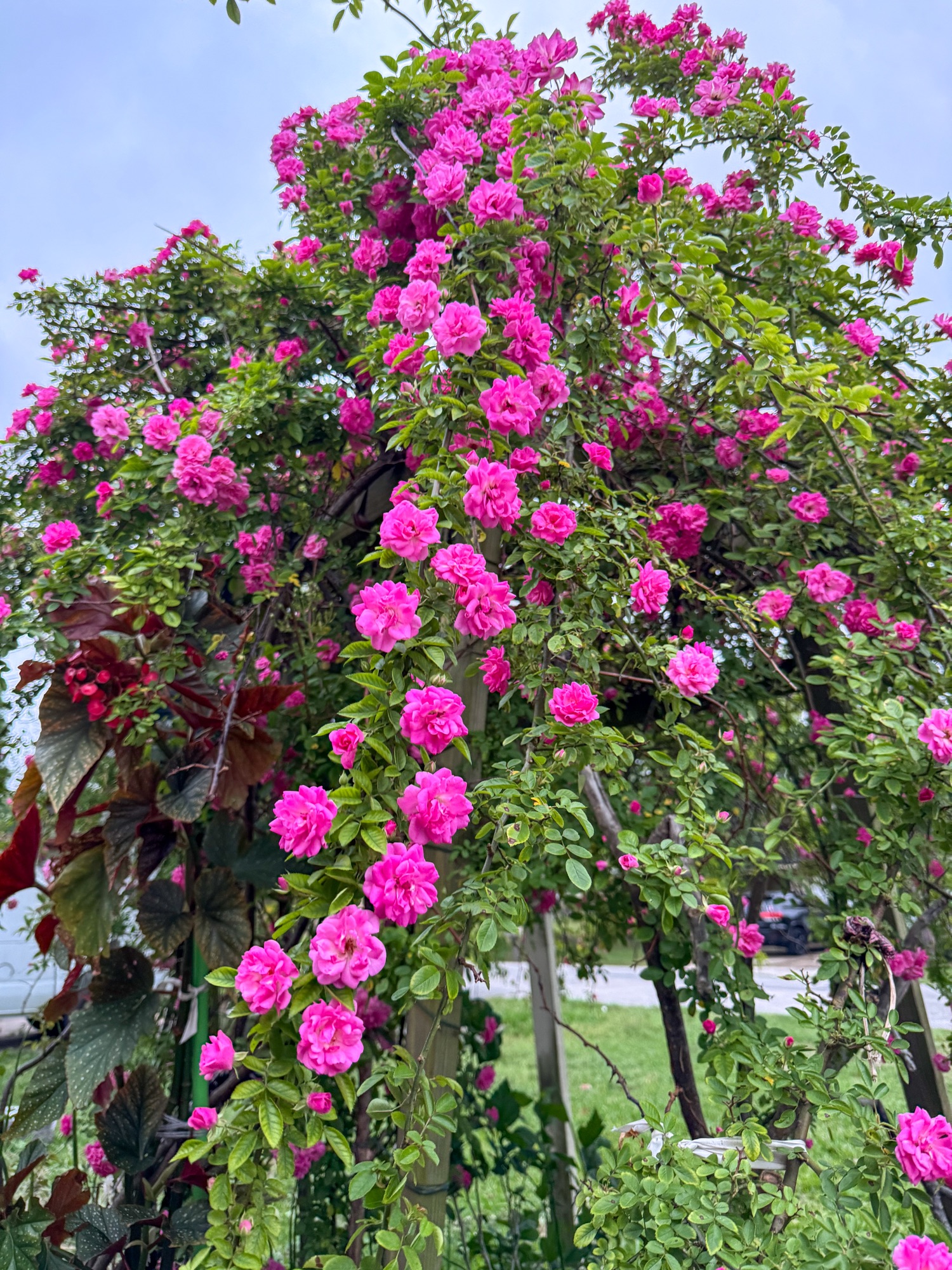
Every spring, it explodes with bright pink blossoms that practically stop you in your tracks. It climbs gracefully along a trellis in her front yard and a canopy in the backyard, weaving itself into this stunning, living wall of color.
What I love most is how low-maintenance it’s been for her. My mom has had her fair share of garden disappointments, but this rose rewards her every year without fail. Rain or shine, it’s blooming like it has something to prove!
Honestly, watching it thrive in her garden has completely sold me. It feels like more than just a plant — it’s a reminder that beauty and strength can coexist.

How to Grow Peggy Martin Roses from Seeds
Okay, let’s get into how to grow your own Peggy Martin rose! Most people actually grow these roses from cuttings because they root so easily, but if you manage to get your hands on seeds, here’s how to do it:
- Seed Preparation: Start by soaking the seeds in water for about 24 hours. This softens the seed coat and encourages germination.
- Cold Stratification: Rose seeds need a little “winter” to wake them up. Pop them in a damp paper towel inside a plastic bag and refrigerate them for about 10–12 weeks.
- Planting: After stratification, plant your seeds in a well-draining seed-starting mix. Cover lightly with soil and mist with water.
- Patience: Place them in a warm, sunny spot and keep the soil consistently moist. Germination can take several weeks to months, so don’t lose hope!
Pro tip: If you’re eager (like me), skip the seeds and go straight for cuttings or potted plants. You’ll get blooms much faster!
How to Care for Your Peggy Martin Rose
This is where the Peggy Martin rose really shines — she’s a low-maintenance queen. But, like all roses, a little TLC goes a long way. Here’s how to keep her happy:
- Sunlight: Give her full sun if you can. At least 6 hours of direct sunlight a day will keep the blooms coming strong.
- Soil: Well-draining soil is key. Peggy doesn’t like wet feet! If you have heavy clay soil, amend it with compost or sand to help with drainage.
- Watering: Once established, Peggy Martin is pretty drought-tolerant. Water deeply once a week, more often in extreme heat.
- Feeding: Feed with a balanced rose fertilizer in early spring when new growth appears, and again after the first bloom cycle to encourage a second flush.
- Pruning: Peggy is a vigorous grower! Prune in late winter to early spring to shape the plant and remove any dead or weak stems. After flowering, light pruning can keep her tidy.
- Mulching: A layer of mulch around the base will help retain moisture and keep weeds at bay.
- Pest Control: Good news — Peggy is naturally disease-resistant and mostly pest-free! Still, keep an eye out for aphids or spider mites, especially in hot, dry weather.
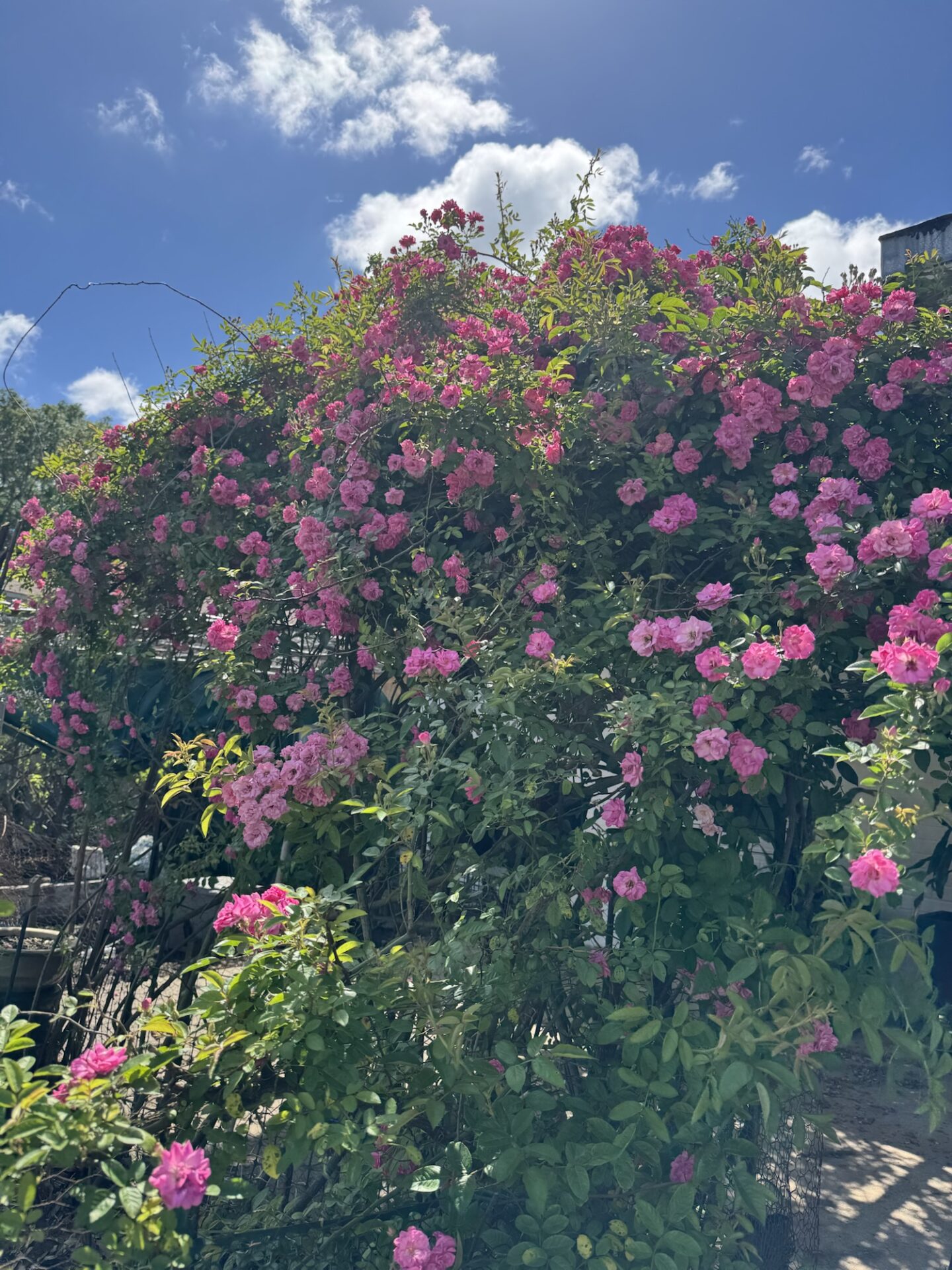
Best Growing Zones:
Peggy Martin roses thrive in USDA zones 5–9. If you’re in a colder zone, you’ll need to give her a bit of winter protection, like mulching the base heavily or even bringing potted plants into a sheltered area. In warmer zones, she’ll bloom her heart out!
Where to Buy Peggy Martin Roses
Ready to bring this beauty into your garden? You can find Peggy Martin roses at many local nurseries, especially those that specialize in heirloom or climbing roses.
For convenience (because we all love online shopping), there are fantastic online nurseries too:
- Antique Rose Emporium — A great source with healthy plants and lots of helpful growing tips.
- David Austin Roses (US site) — While they specialize in English roses, they occasionally stock the Peggy Martin.
- Etsy — Surprisingly, there are reputable sellers offering cuttings and young plants!
Just make sure you’re buying from a trusted source, as this ensures you’re getting a true Peggy Martin and not a lookalike.
The Peggy Martin rose isn’t just a plant; it’s a story of hope, strength, and beauty that keeps on blooming year after year. This rose will reward you and your garden with vibrant color and breathtaking views.
Go ahead and give the Peggy Martin rose a place in your garden. Trust me, you won’t regret it!
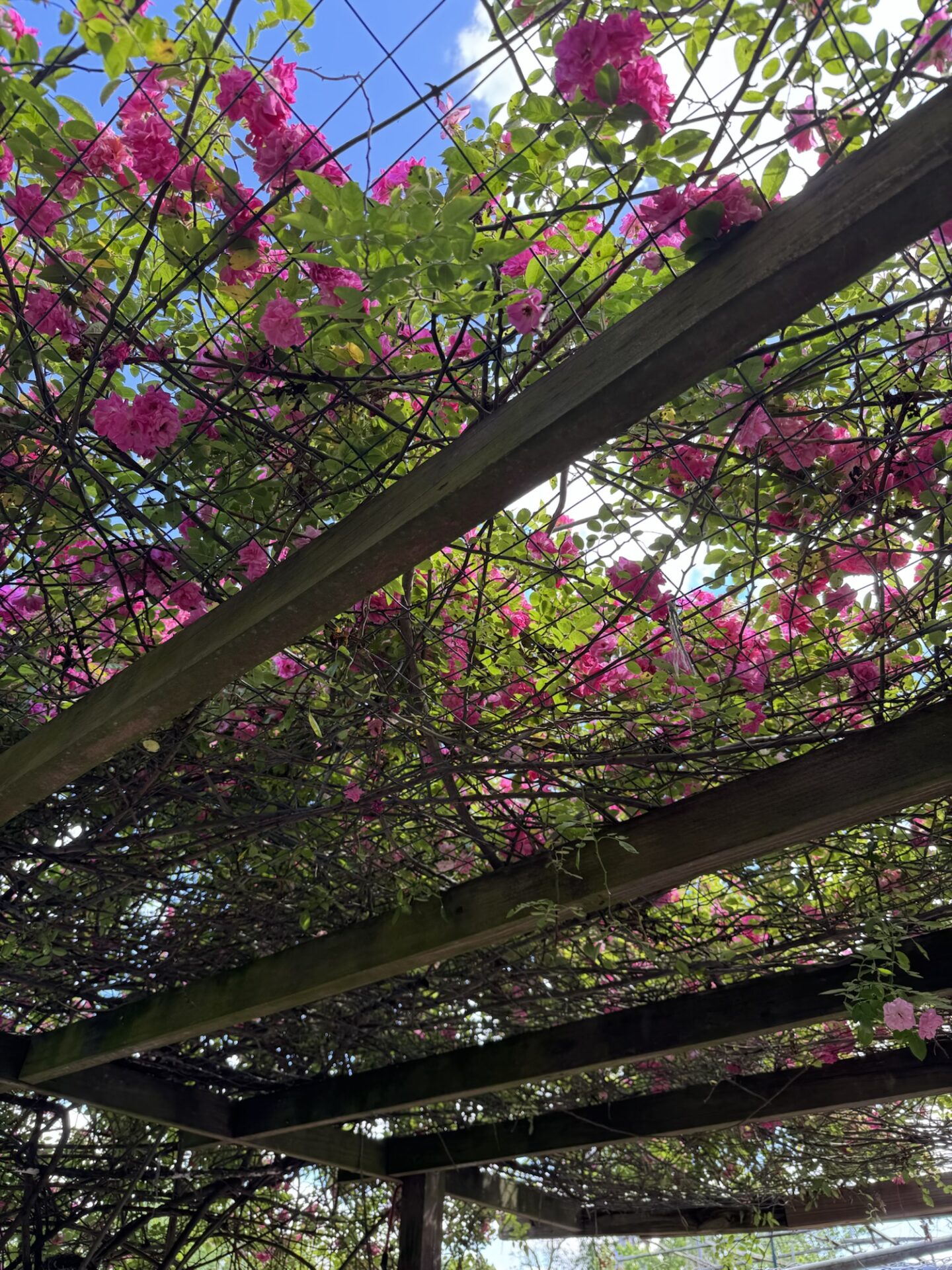
Xoxo,
Diana Colibri

